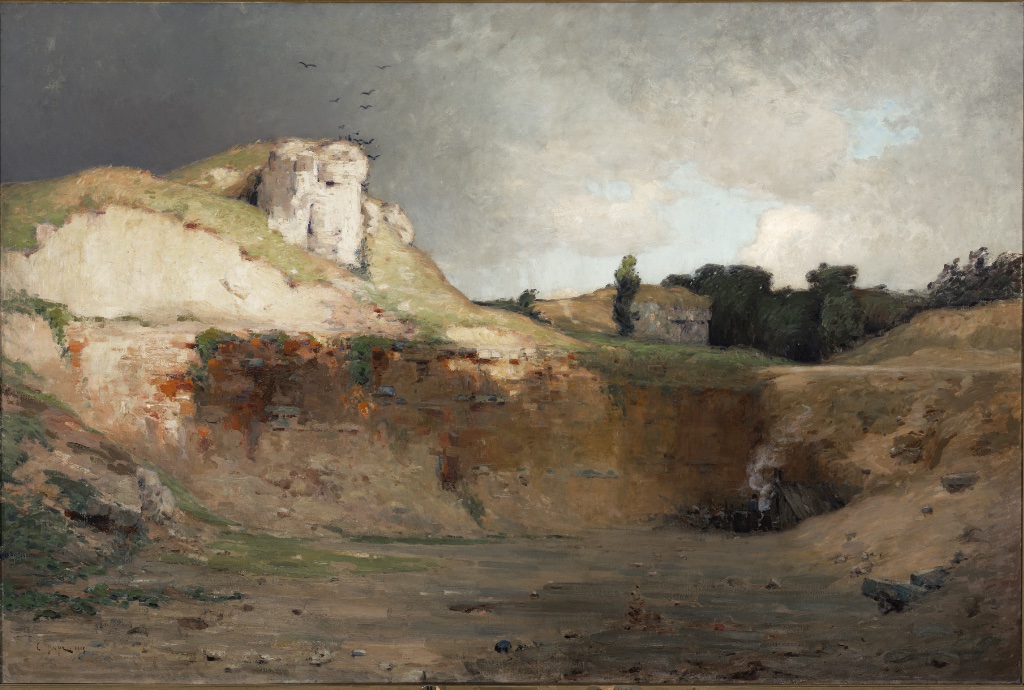
The Paris Olympics and Paralympics this summer will shine a new light on the city’s suburbs, especially those in the Seine-Saint-Denis department, where most events will be held and where the Olympic and Paralympic Village is located. In the runup to the Games, before the city and its surroundings are overrun with visitors and sports fans, this might be a good time to explore the little-known assets of some of Paris’s other banlieues. A good example is the Musée Français de la Carte à Jouer (French Playing Card Museum) in Issy-les-Moulineaux, well worth a visit on its own but also for its current temporary exhibition “Constant Pape: La Banlieue Post-Impressioniste.”
Pape (1865-1920) was a suburban painter par excellence. He was born in Meudon, west of Paris (and famed for its views of the city), and died in the family home in nearby Clamart, with a number of voyages and sojourns elsewhere in between. As a young man, he had encountered several Barbizon School landscape painters in his father’s inn in Clamart and was inspired by them to take up the profession.
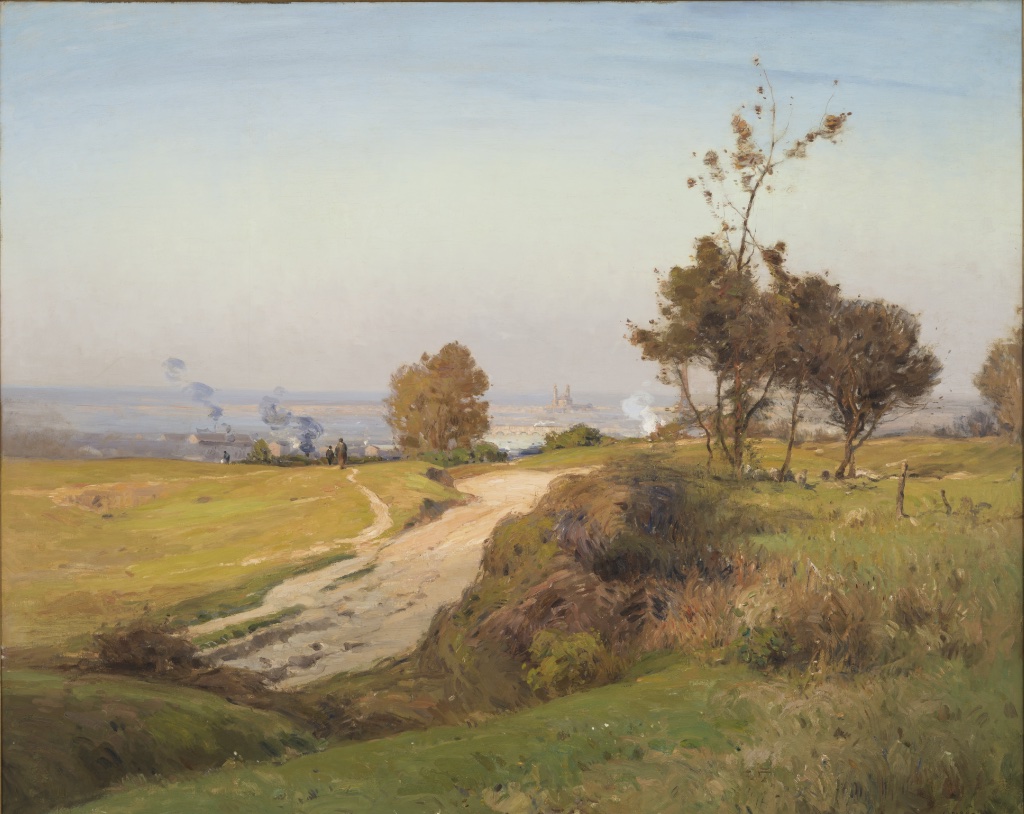
Although pretty much forgotten today, Pape had a fairly successful career in his lifetime, submitting paintings to the Paris Salon des Artistes Français and winning medals for some of them, but he still had to supplement his income as a restorer of paintings and by seeking (and winning a few) commissions to decorate town halls in the Paris suburbs. His preparatory studies for some of these competitions are on show in the exhibition and offer his vision of the still-bucolic but soon-to-be-developed banlieues, with their farms, parks and village fêtes.
The most impressive works in the show are the large-format paintings Pape submitted to the annual salons in Paris. My attention was grabbed immediately by “Vieille Carrière, à Issy-les-Moulineaux” (1905; pictured at the top of the page), which is far more eye-catching in real life than in the reproduction shown here, with strong light hitting the chalky white of the former quarry’s wall, which stands out against a cluster of dark clouds, and the subtle coloration of the scooped-out spaces in the foreground.
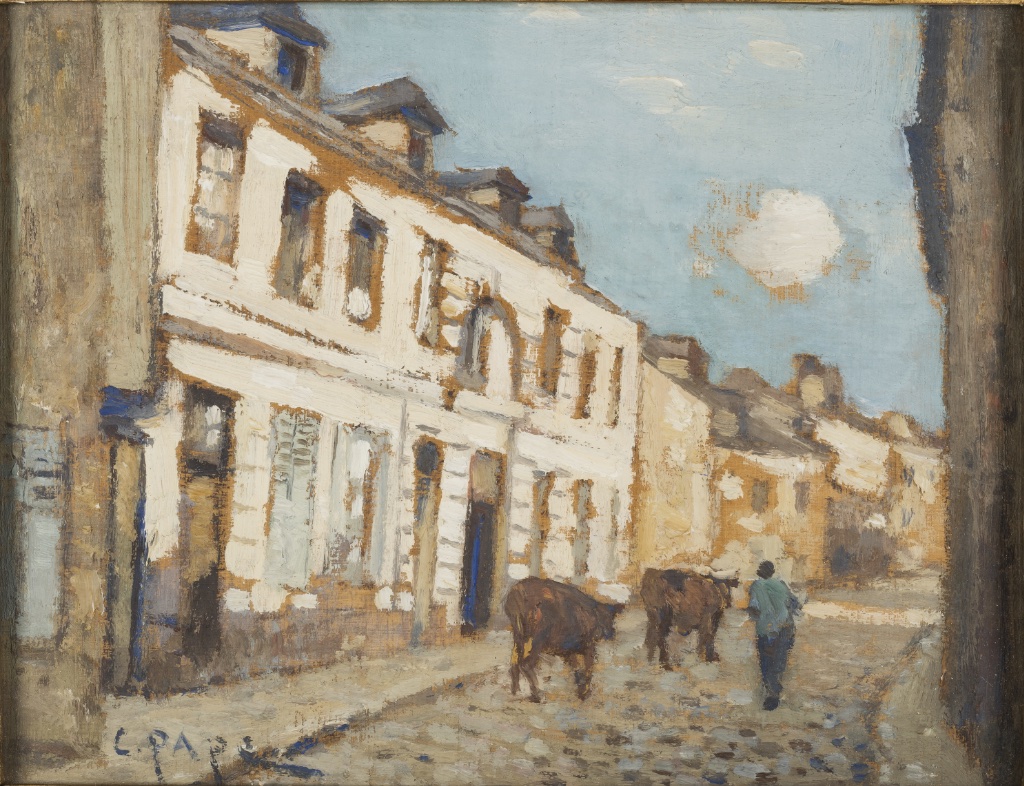
Don’t neglect the many small canvasses that Pape painted sur le vif in the burbs. These little snapshots of urban and country scenes are full of charm. One of them, “Vieille Maison Louis XIV rue Chef-de-Ville” (1919?), brings both worlds together with its picturesque image of a man herding two cows over the cobblestones of a treeless street in Clamart.
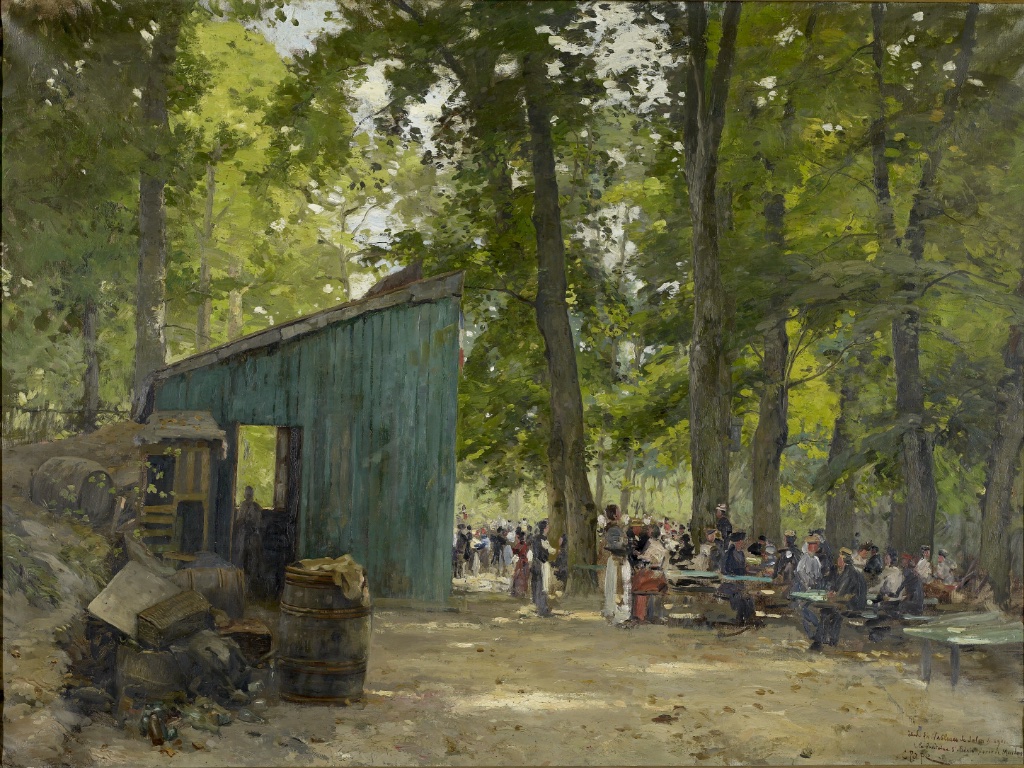
Spending an hour in this small exhibition is almost as calming and soul-nourishing as wandering through the scenes of nature they depict. When you have finished, take the opportunity to visit the playing card museum, full of myriad artistic and historical delights, and the exhibition on the history of the town, located next to the playing card museum’s modern building in a piece of Issy’s history itself, the Pavillon Conti, the last intact structure of the Château d’Issy, which burnt down in 1871 during the Commune de Paris.
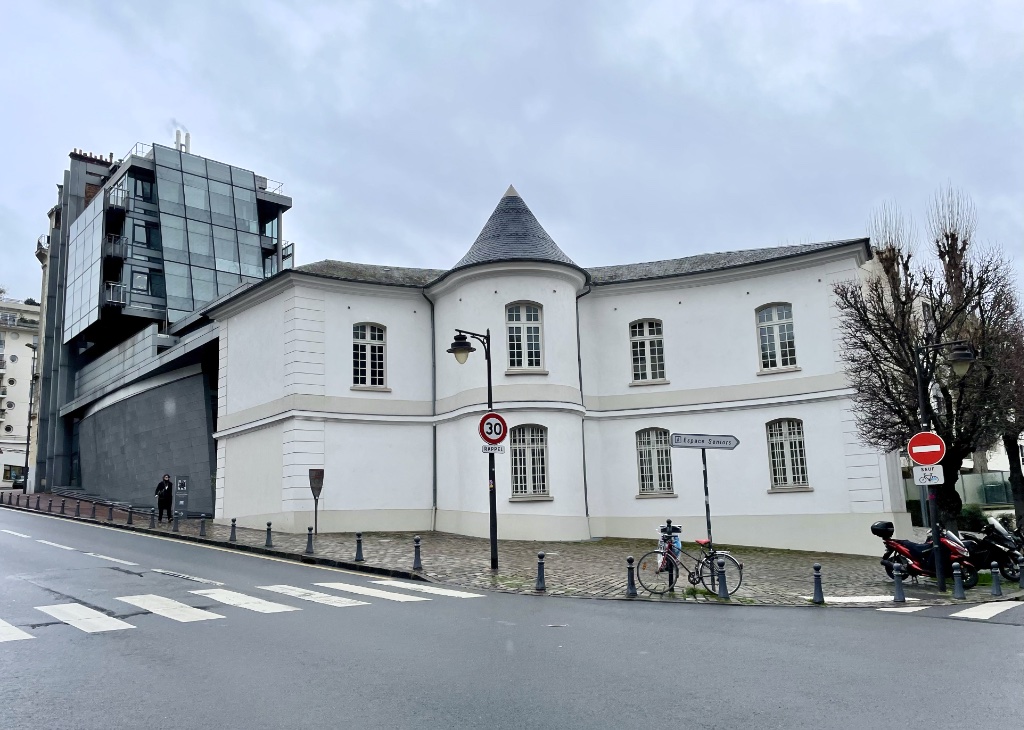
See our list of Current & Upcoming Exhibitions to find out what else is happening in the Paris art world.
Favorite